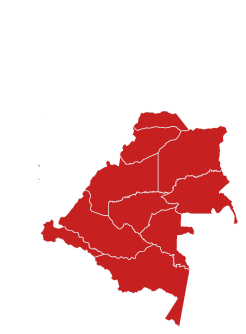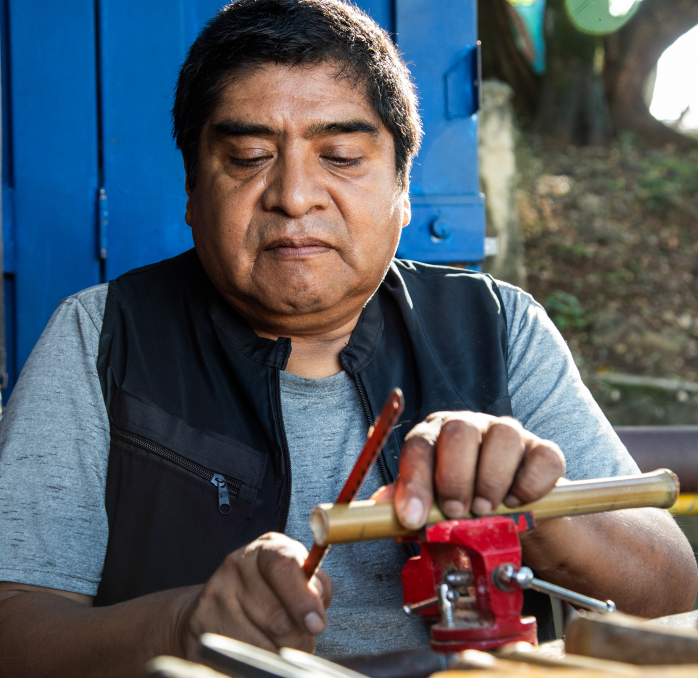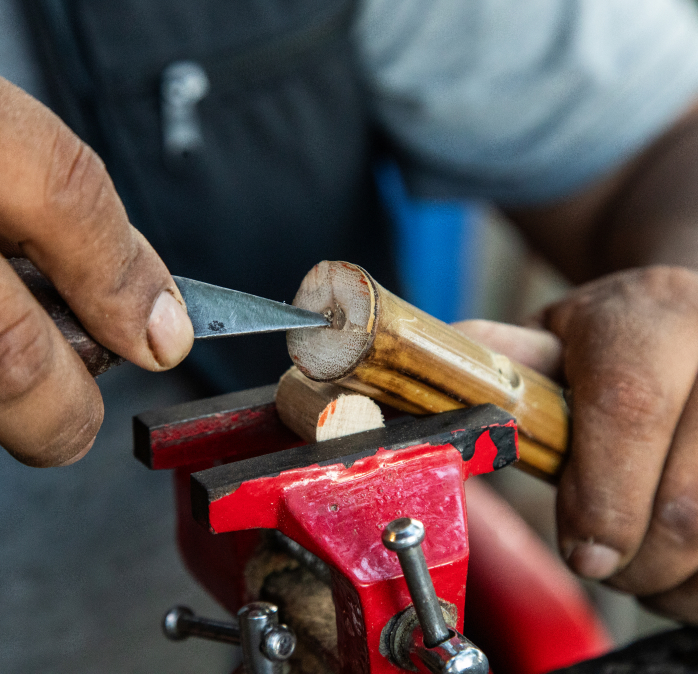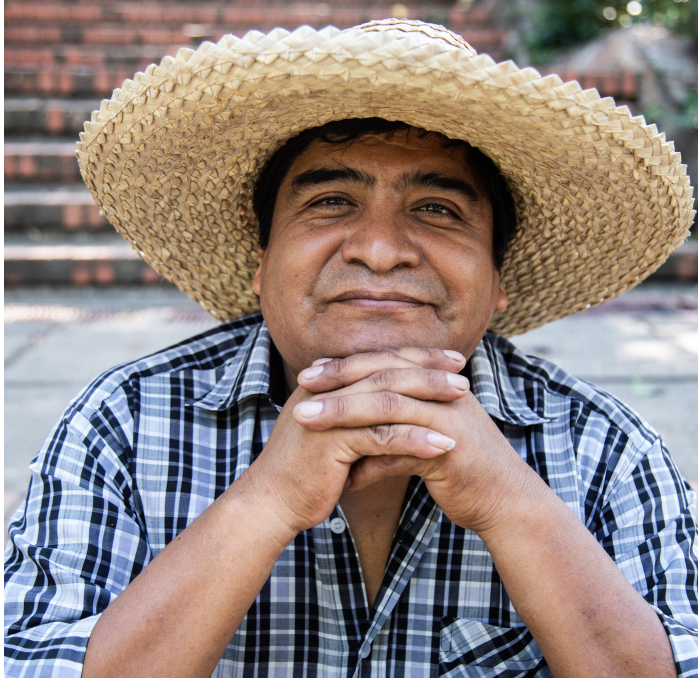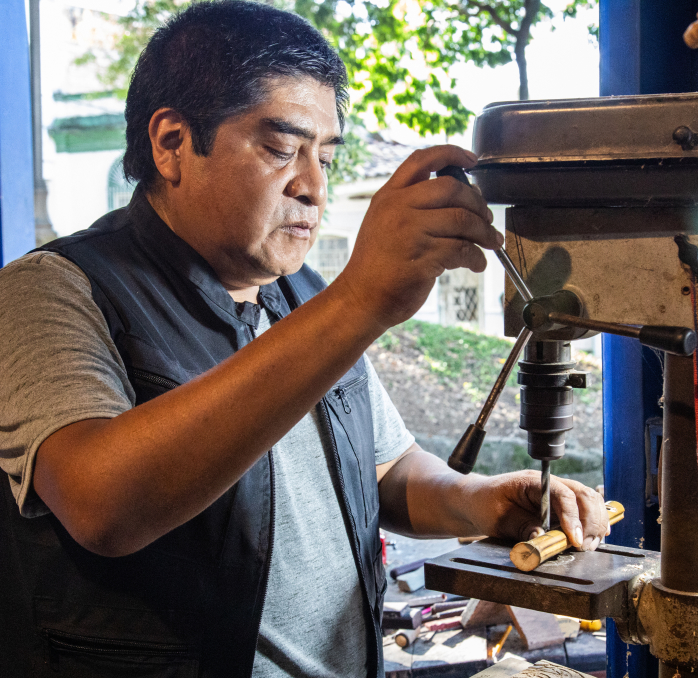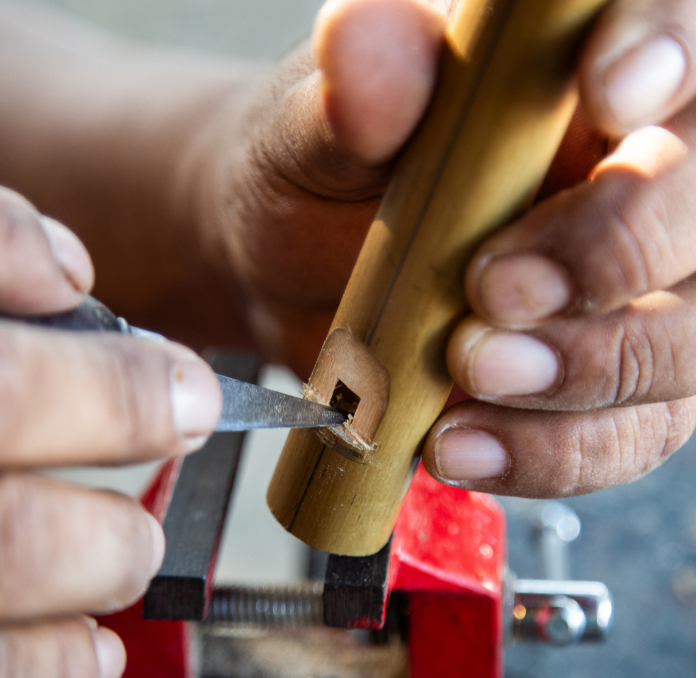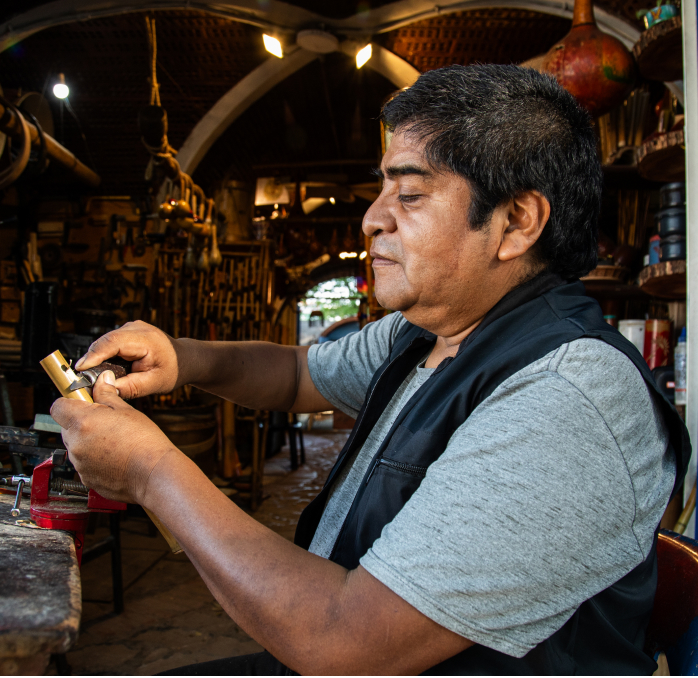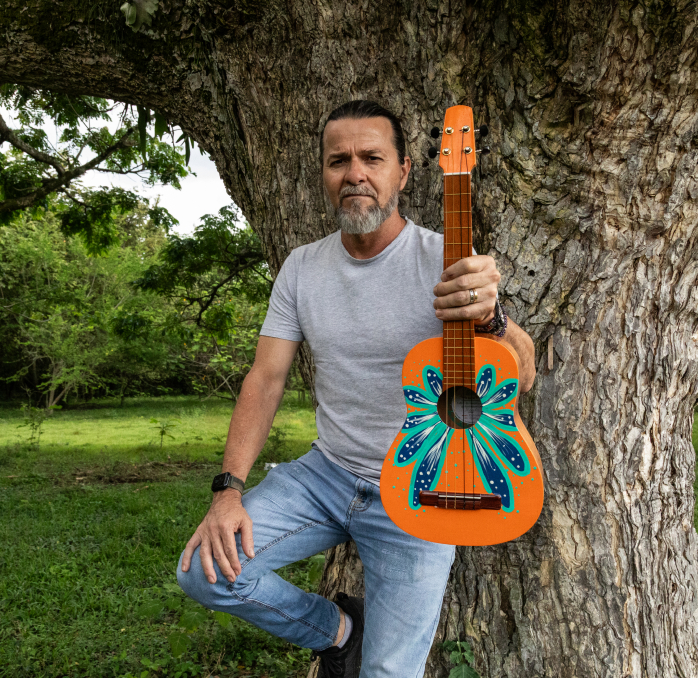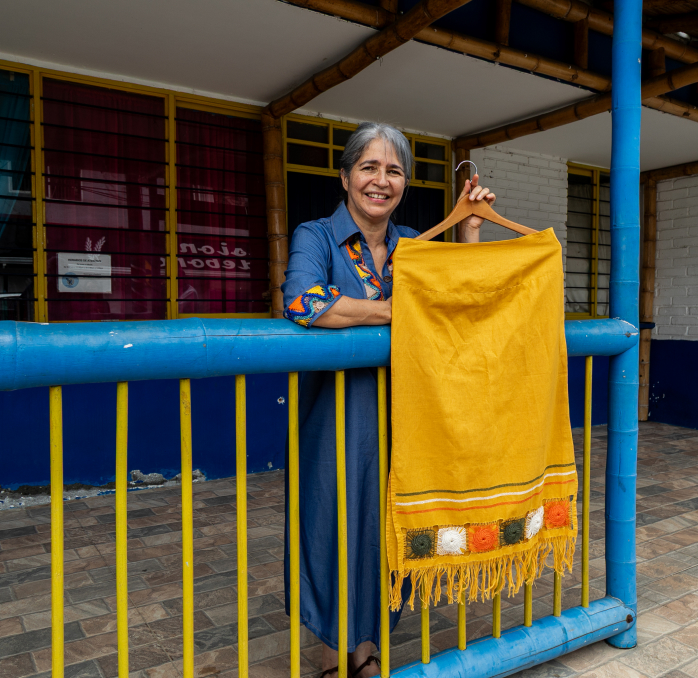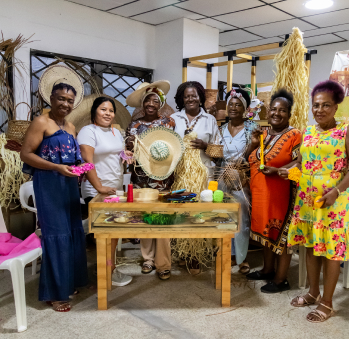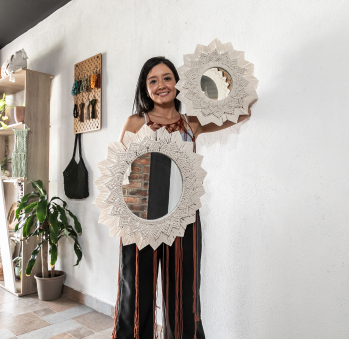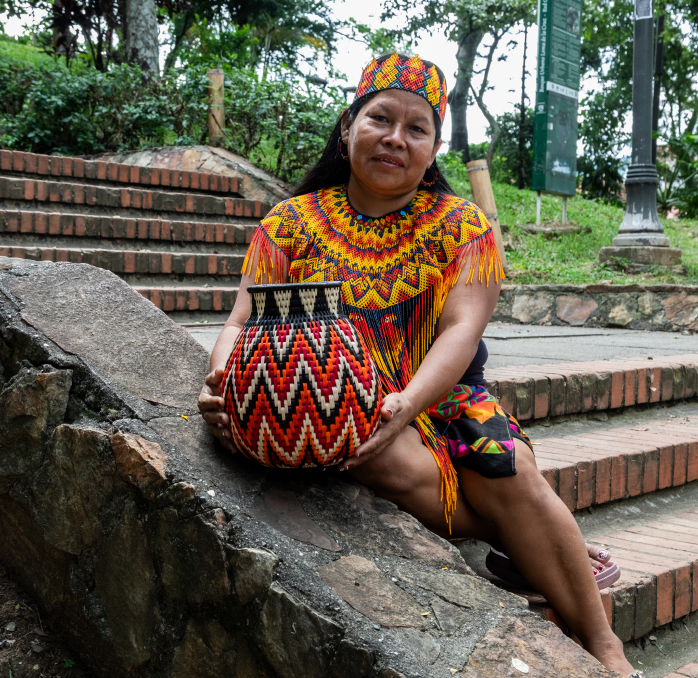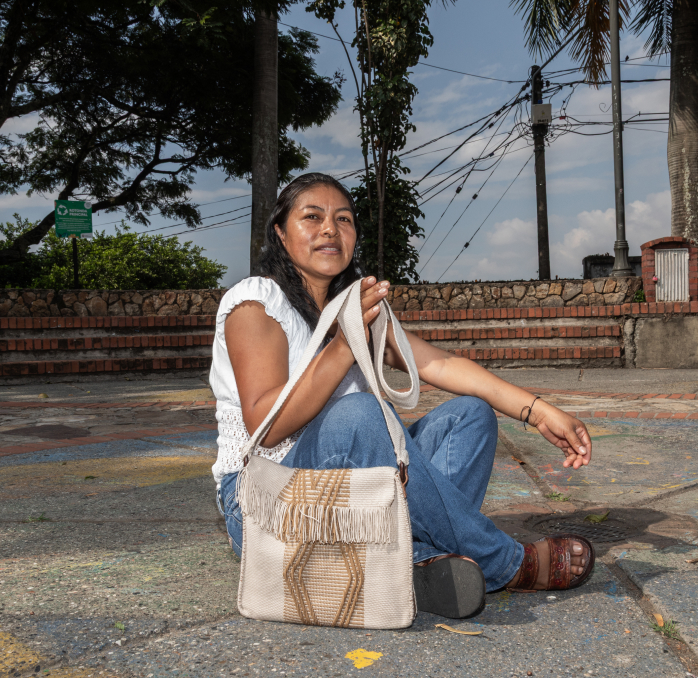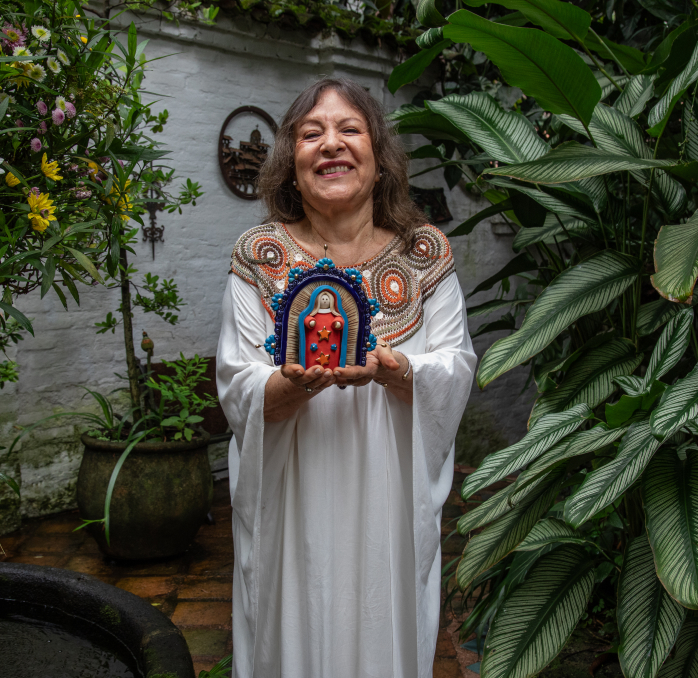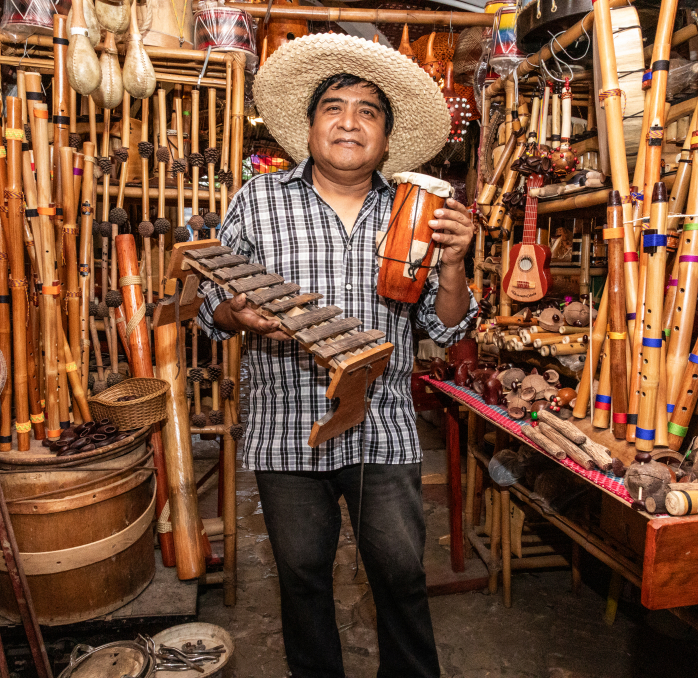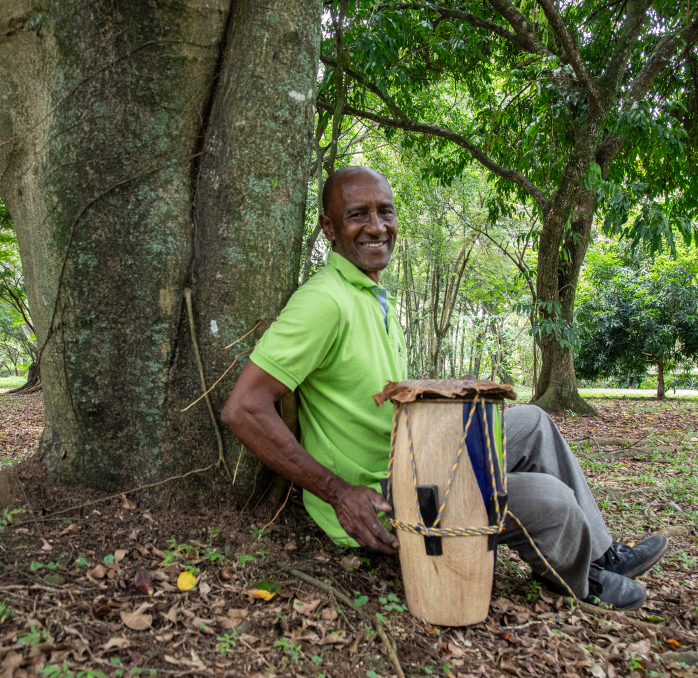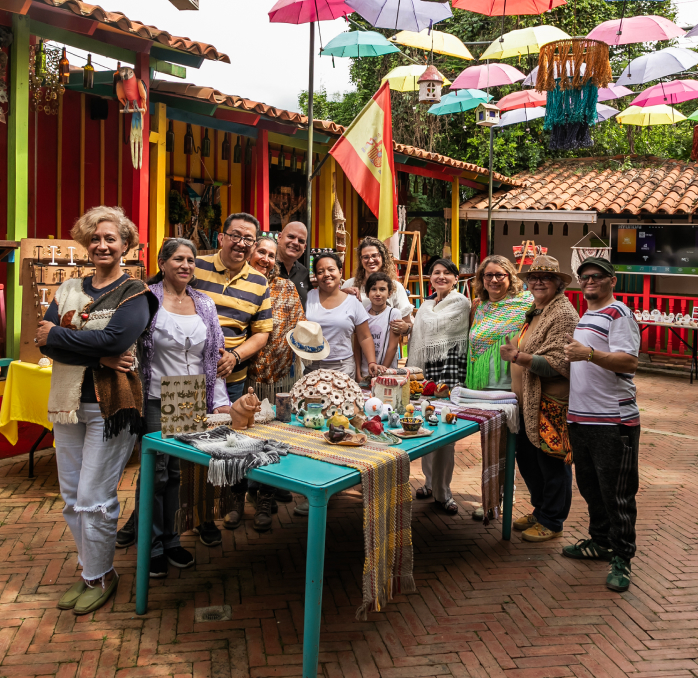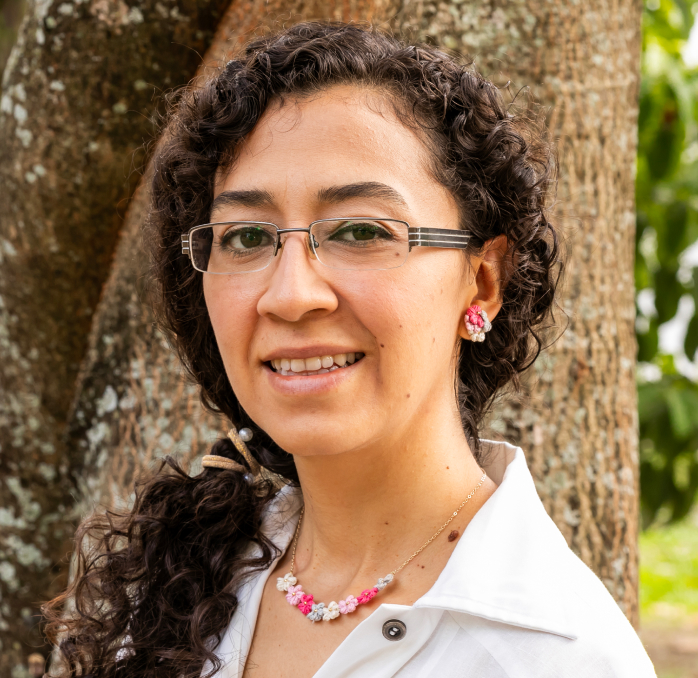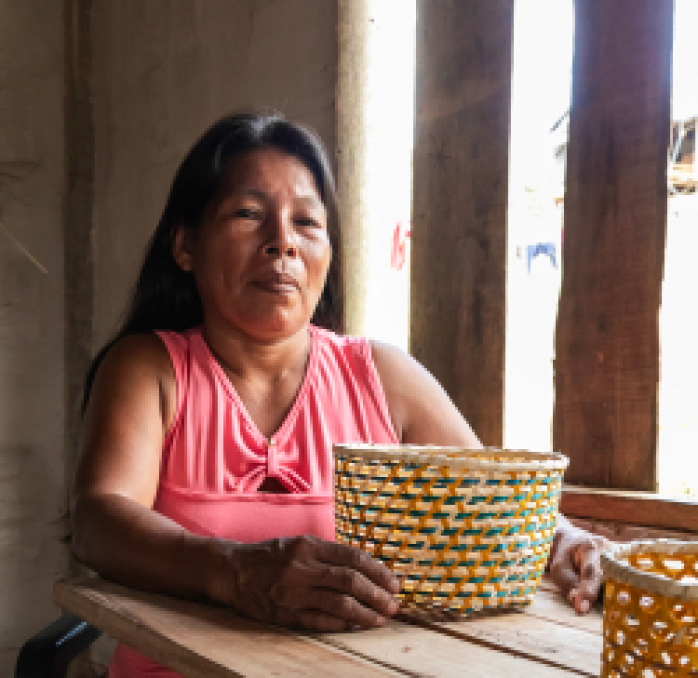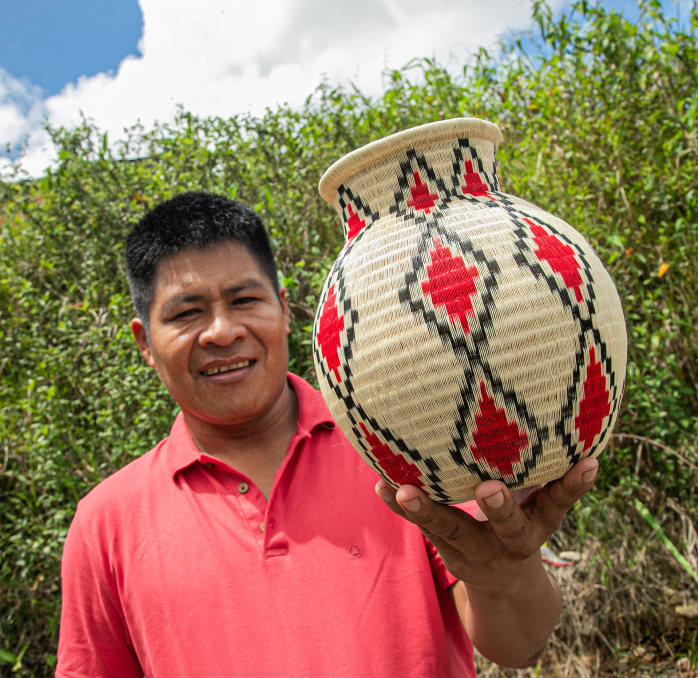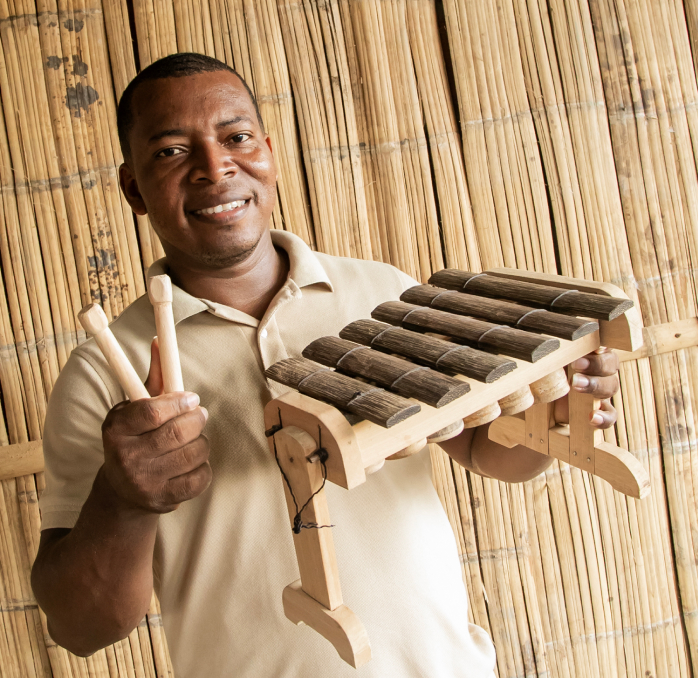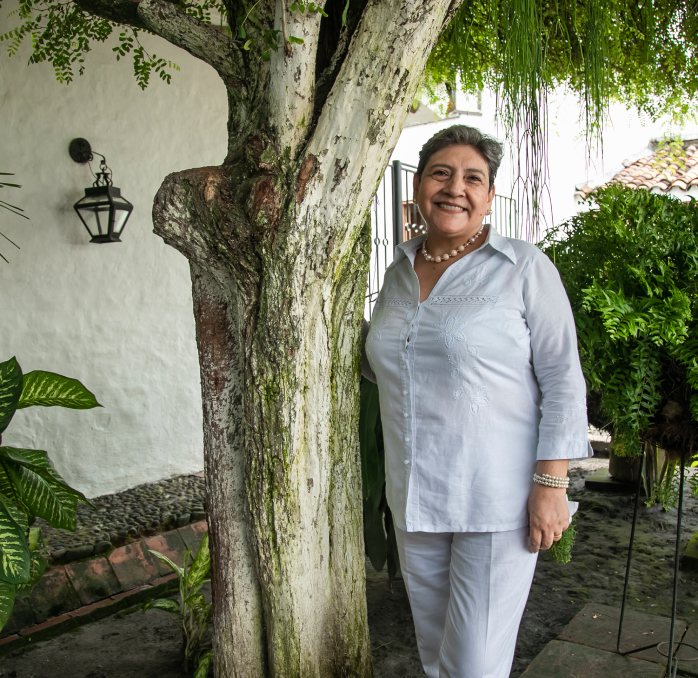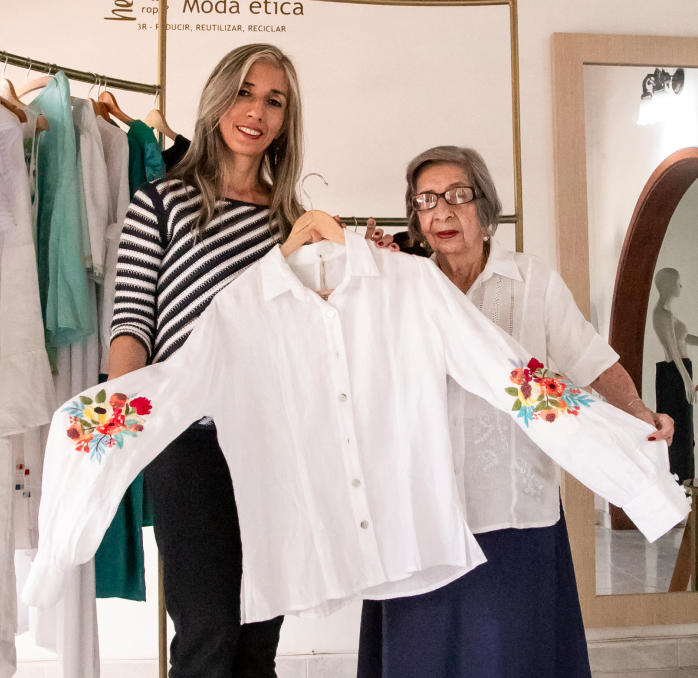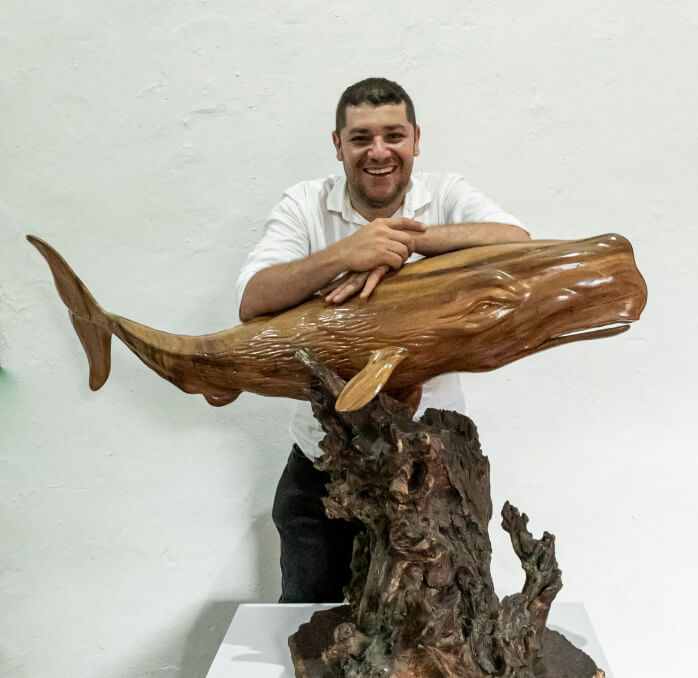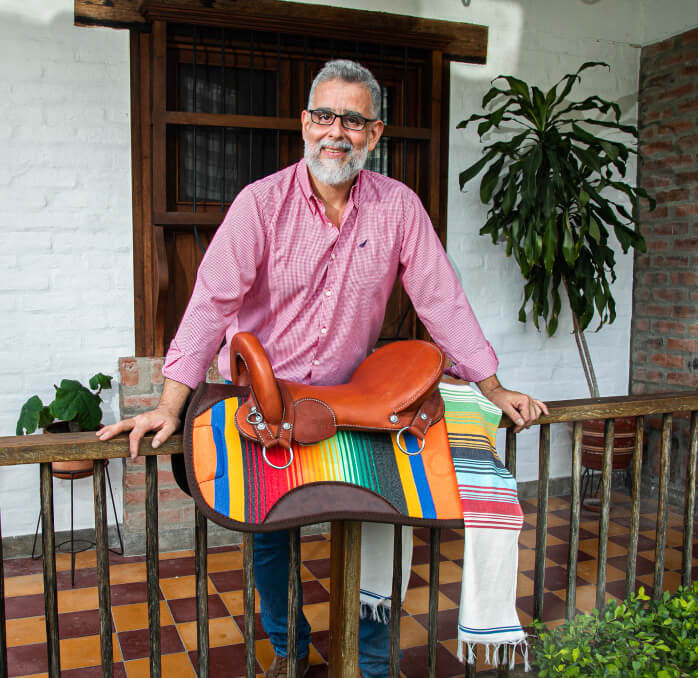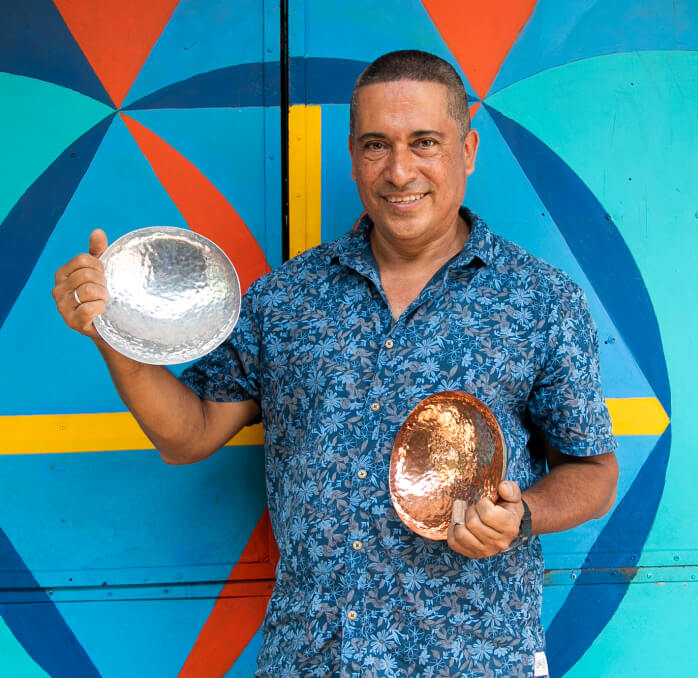Eddy Flores
Workshop: Taller Wara
Craft: Musical instruments
Trail: Valle del Cauca route
Location: Cali, Valle del Cauca
It’s been over thirty years since Eddy Flores first visited Cali—back when he was touring Latin America with his Andean music group, passing through Argentina, Uruguay, Chile, Brazil, Ecuador, and Peru, meeting other musicians along the way. He came from La Paz, Bolivia, where he was born as part of the Aymara people, an Indigenous group from the Andean highlands spanning Peru, Bolivia, and northern Chile and Argentina. He says he’s an adopted caleño now—he’s lived in Cali so long he feels like a local. And it was that warm welcome, that embrace, that convinced him to stay. He sums it up beautifully: In Cali, it’s easy to make friends.
The Aymara are musicians by nature. They sing to their rituals and cosmogony, to the Pachamama, to Mother Earth and her cycles. For this reason, they are also artisan instrument makers—especially of carrizo (reed instruments), for which they gather canes from the lands around Lake Titicaca. Eddy learned early the discipline that would become his path. Watching and listening to the elder men, he found it only natural when the time came to make his first flute. He began crafting them because, on tour, audiences would often ask to buy flutes and quenas. He was twenty then. He recalls the days when they played music on Cali’s Puente Ortiz, joining Ecuadorian and southern Colombian musicians, selling cassettes, and getting people to dance.
By the time he saw the inauguration of Loma de la Cruz Artisan Park in 1990, he had already decided to stay in Cali. By 1995, he had his own stall—where he’s shared his love for decoding and crafting virtually any instrument ever since. For Eddy, approaching instruments must go beyond questions of identity; it must be about sound—about tuning and melody—rooted, of course, in deep knowledge. That’s why, and thanks to his closeness to this region of Colombia, he’s also grown interested in the instruments of the Pacific coast: marimbas, guasás, cununos, and bombos; the small zampoñas of the Eperara Siapidara people; and the flutes of the Wounaan people. He understands that in traditional craftsmanship, knowledge from different communities has long mingled and intertwined—no tradition is ever truly “pure.” From that place of love and respect for his discipline, he understands his role as an Aymara artisan crafting instruments from other Indigenous cultures. That’s why his workshop is a diverse showcase—especially of wind instruments, or aerophones: flutes, zampoñas, quenas, ocarinas, transverse flutes from Cauca, and quenachos.
With the same curiosity and dedication, he built the two hundred aerophones, idiophones, and membranophones that formed part of his Exhibition of Musical Instruments from Colombia and South America, shown nearly twenty years ago at the Museo de la Merced. To make them, he drew on the writings of Guillermo Abadía Morales on folklore and Colombian instruments, as well as videos, photographs, and the knowledge of fellow artisans. That’s how he came to see how similar instruments really are across regions—for example, that flutes have been made by every culture in the Americas, simply because cane grows everywhere. In Colombia alone, you’ll find the pito atravesao of the Atlantic coast, the flutes of the Amazon, and those of the Pacific. And every Thursday in Loma de la Cruz, those points of cultural connection across Colombia come to life in the Indigenous Dance Workshops, led and brought to life by artisans from various Indigenous communities—all gathered in this one vibrant place.
Craft
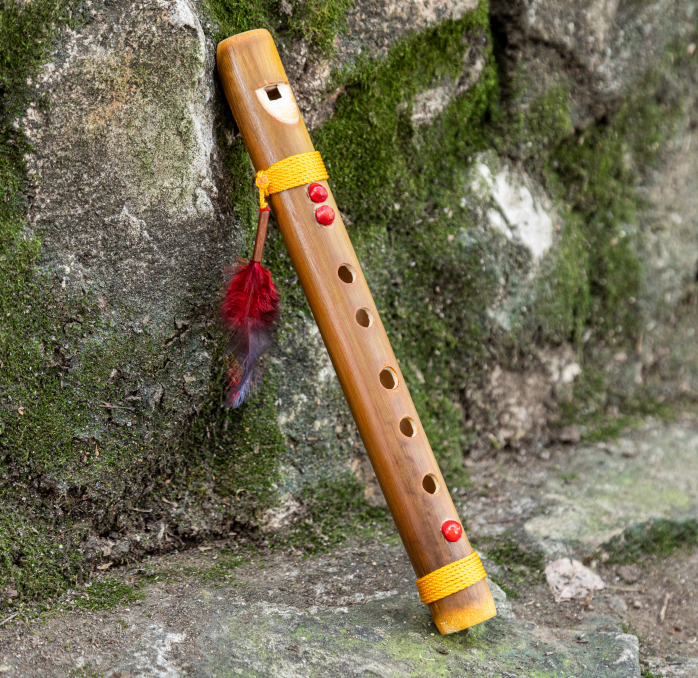
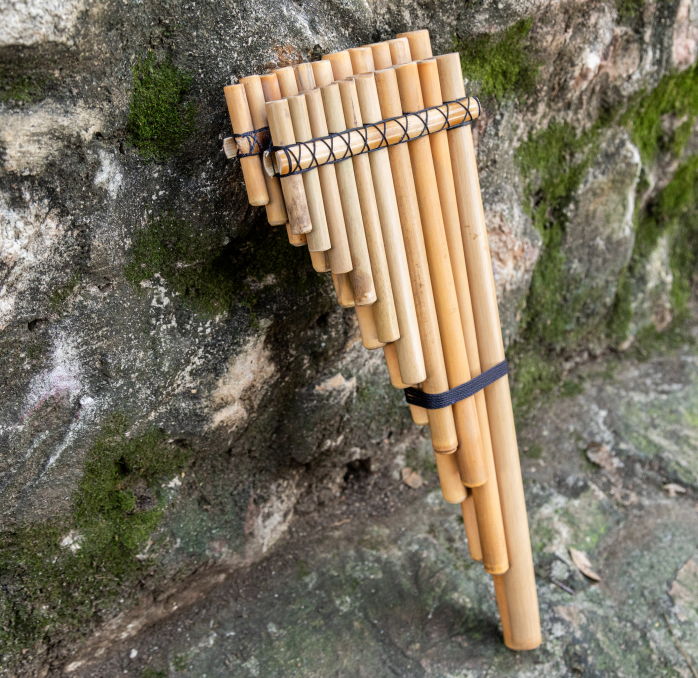
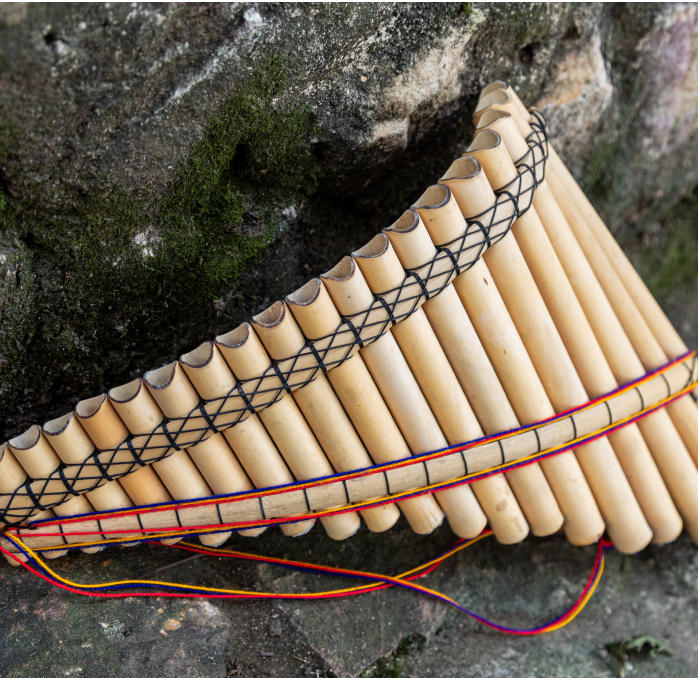
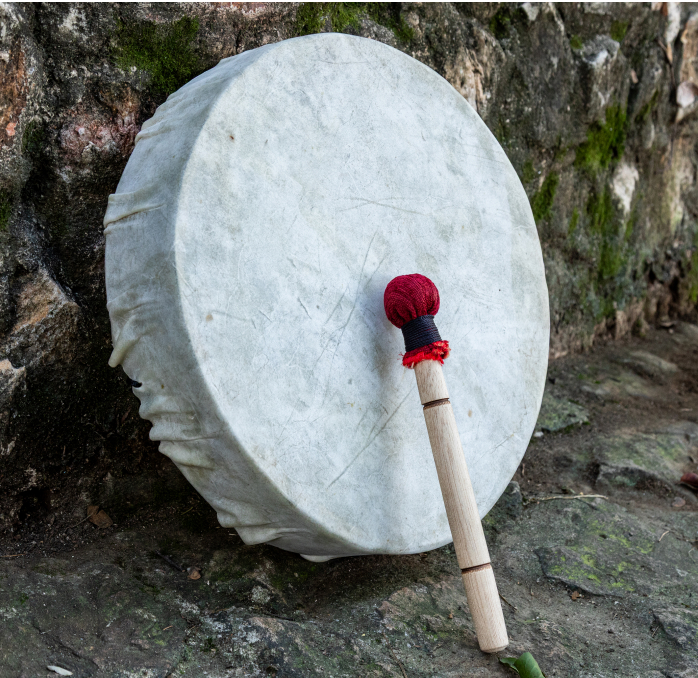
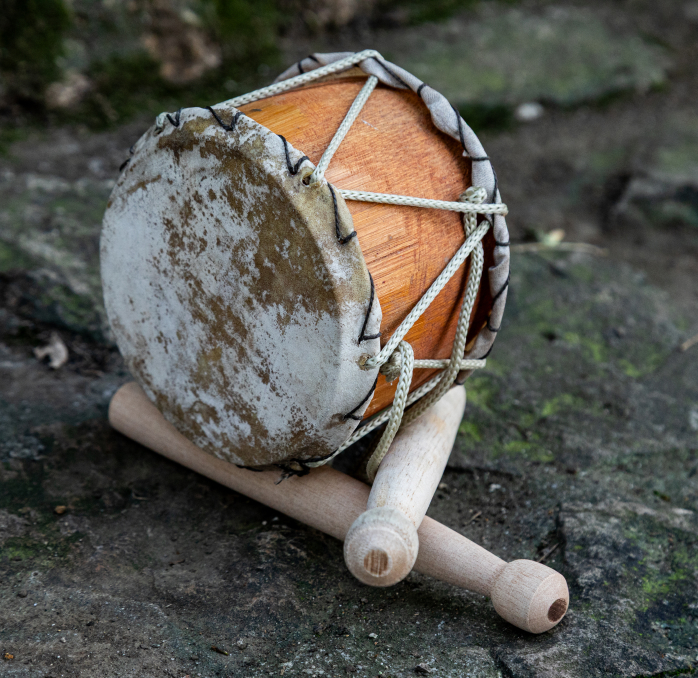
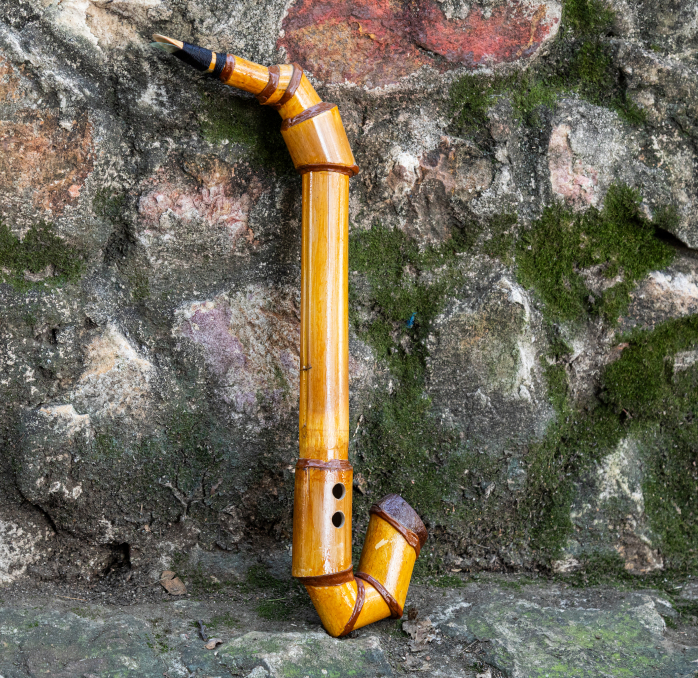
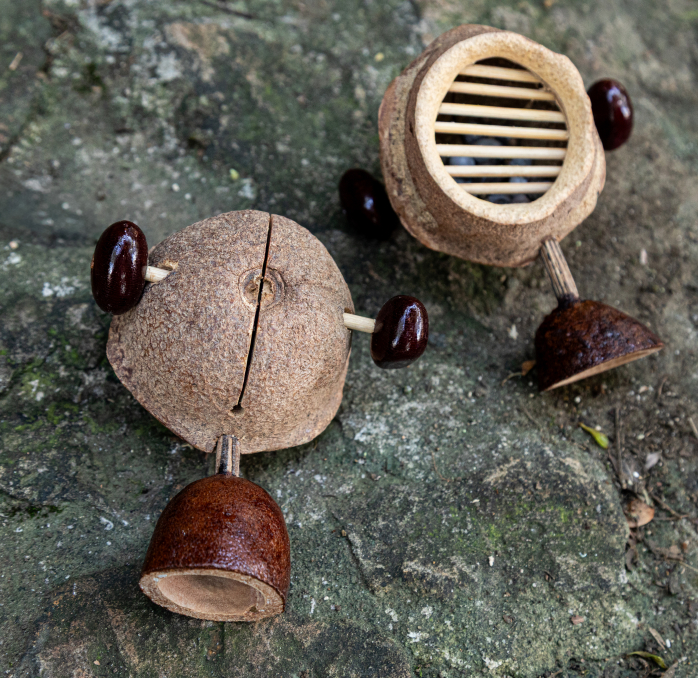
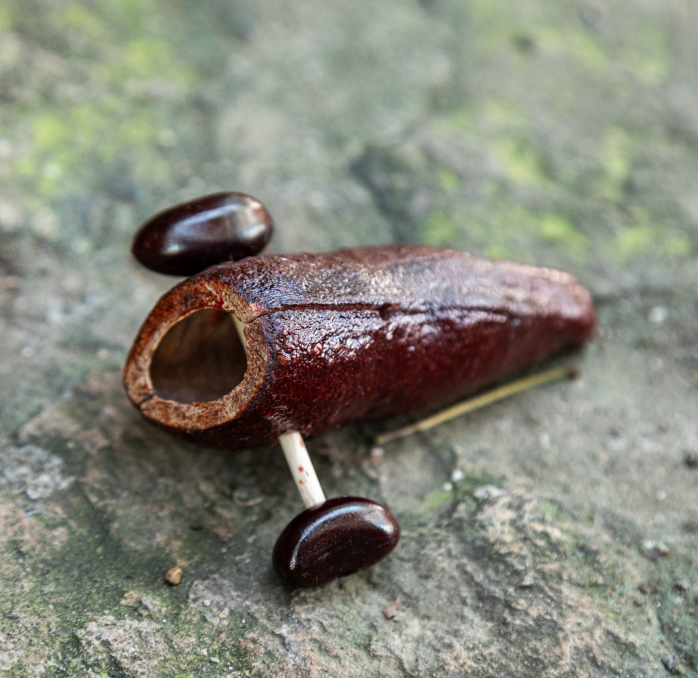
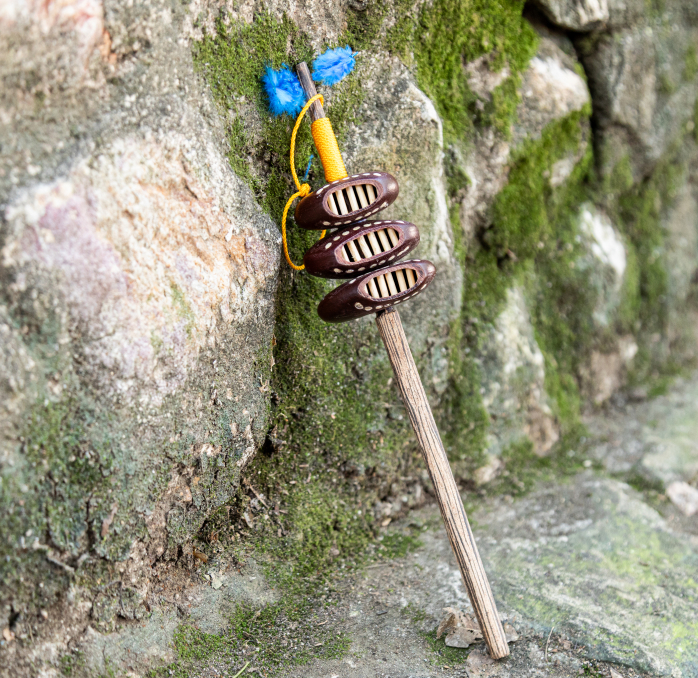









Artisans along the way
Artisans along the way
No puede copiar contenido de esta página

